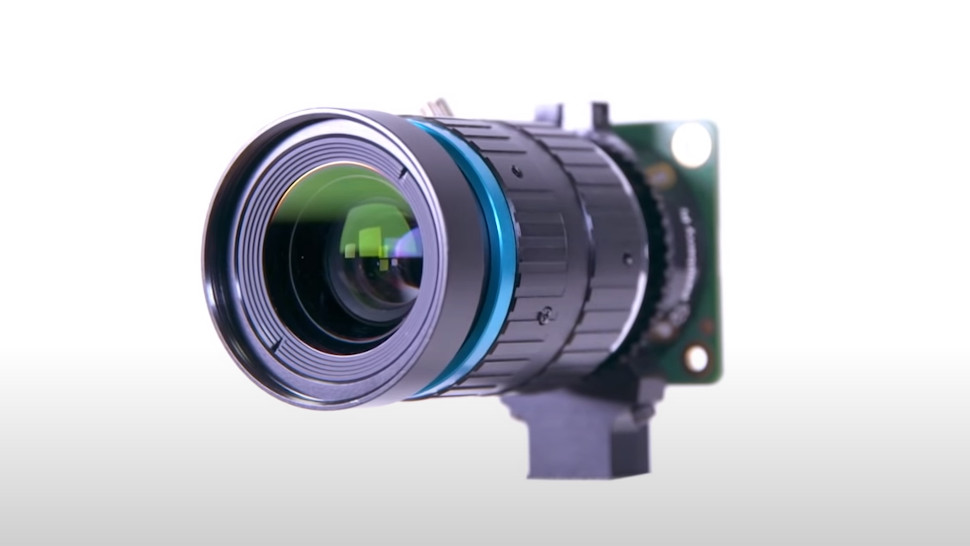Raspberry Pi announces high-powered camera board
Give your DIY PC a mega camera boost

Raspberry Pi devices will soon be able to benefit from boosted camera capabilities following a new release from the company.
The new High Quality Camera board means that users of the eponymous DIY computer kit can now experiment with upgraded image capture and recording
The $50 board contains a 12.3-megapixel Sony IMX477 sensor featuring back-illuminated sensor architecture for improved sensitivity, sporting 1.55μm × 1.55μm pixel size and adjustable back focus. It will be released alongside a range of interchangeable lenses starting at $25.
- Raspberry Pi 4 deal is now cheaper than ever for its 8th birthday
- Windows 10 on ARM is running on Raspberry Pi 4, and ‘so much faster’ than Pi 3
- How to install Ubuntu on the Raspberry Pi
High quality
Announcing the news in a blog post, the Raspberry Pi Foundation noted that, "there has always been a big overlap between Raspberry Pi hackers and camera hackers."
The company first launched a camera board back in 2013, with amateur photographers seizing on the potential to attach the kits to telescopes and drones. This was supplanted by an 8-megapixel Sony IMX219 sensor, launched in April 2016, which has so far sold over 1.7 million units, and will remain on sale as a budget-friendly alternative.
The company says that the High Quality Camera is compatible with "almost all" Raspberry Pi models. This includes the original Raspberry Pi 1 Model B onward, although some very early Raspberry Pi Zero boards from the start of 2016 lack a camera connector, and other Zero users will need the same adapter FPC that is used with Camera Module v2.
When it comes to lenses, users will be able to hook up C- and CS-mount lenses, (including a a 6 mm CS‑mount lens at $25, and a 16 mm C-mount lens priced at $50) with the former using an included C-CS adapter, with third-party adapters also available, meaning users can connect any lens that meets the back‑focus requirements.
Sign up to the TechRadar Pro newsletter to get all the top news, opinion, features and guidance your business needs to succeed!
Alongside the launch, the Raspberry Pi Foundation has also released an official camera guide, offering users tips and hints on how to get the most out of their new hardware.

Mike Moore is Deputy Editor at TechRadar Pro. He has worked as a B2B and B2C tech journalist for nearly a decade, including at one of the UK's leading national newspapers and fellow Future title ITProPortal, and when he's not keeping track of all the latest enterprise and workplace trends, can most likely be found watching, following or taking part in some kind of sport.